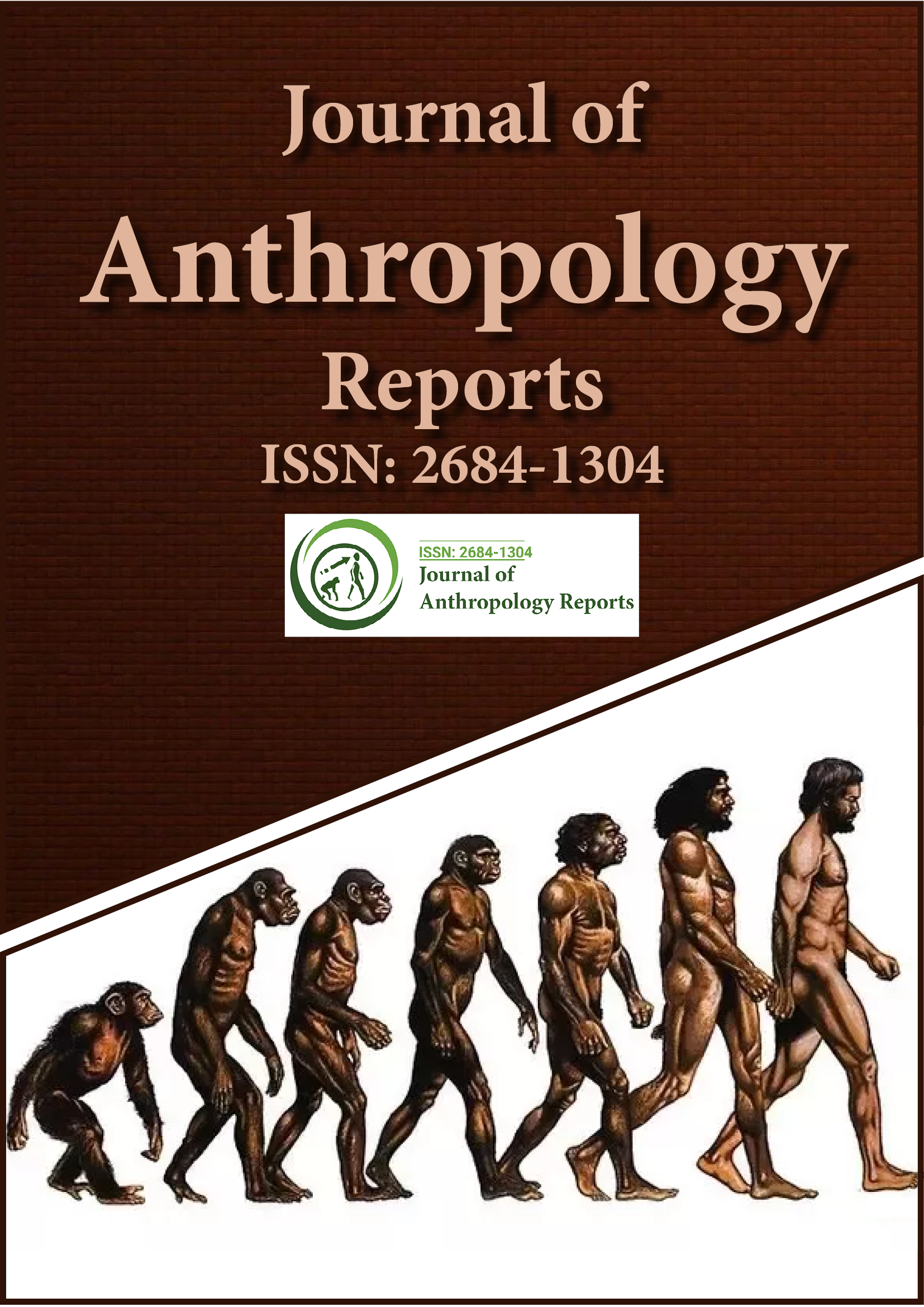インデックス付き
- レフシーク
- ハムダード大学
- エブスコ アリゾナ州
このページをシェアする
ジャーナルチラシ

概要
法医学 2020 法医学的文脈における精神病理の症状の誇張の評価:矯正施設の受刑者と精神障害者 - ナタウット・アリン - チェンマイ大学
ナタウット・アリン
抽象的な:
法医学の文脈では、犯罪者は刑事責任を回避するために精神病の症状を誇張することがよくあります。今日、タイではこの問題に関する実証的な研究はあまりありません。この現在の研究では、その現象の調査結果を調査します。この研究の目的は、有病率を調査し、タイ版症状妥当性テスト(SVT-Th)の分類精度を調べ、矯正施設の受刑者と精神障害者犯罪者(MIO)の精神病理の症状誇張に影響を与える要因を調査することです。参加者は合計608人で、刑務所の受刑者528人と、法医学的精神医学的評価のために裁判所から精神科法医学ユニットに紹介されたMIO 80人で構成されていました。精神病理の症状誇張を検出するためにSVT-Thが検査されました。
導入
SVT-Thの結果では、カットオフスコアが79以上であったため、法医学参加者全体における偽装精神病理の有病率は8.88%で、そのうち3.20%が矯正施設の受刑者、46.30%がMIOであった。SVT-Thの基準によれば、回答者の90.50 %が正しく識別されたが、6.10 %は誤って識別された。さらに、この研究では、精神疾患の病歴がある犯罪者は、精神疾患の病歴がない犯罪者よりも、統計的に有意に精神病理学的症状を誇張する傾向があることがわかった。犯罪の種類(暴力犯罪、性犯罪、財産犯罪、薬物関連犯罪を含む)と犯罪回数(初犯、2 ~3回、4回以上の犯行を含む)に関しては、SVT - Thの平均スコアに有意な差はありませんでした。興味深いことに、暴力犯罪を犯したことがあり、4回以上の犯行を犯した人は、他のグループよりも精神病理学的症状を呈している可能性が高いです。
結論として、タイの法医学的状況における偽装精神病理の有病率は他の研究と一致しています。SVT-Th は卓越した分類精度を示し、タイの法医学的サンプルにおける誇張された精神病理の検出において優れた心理測定特性を持っています。 精神疾患 (PMI) の患者は刑事司法制度で過剰に扱われていることが一般的に知られています (Munetz、Grande、Chambers、2001 年、Teplin、1984 年を参照)。行動異常 (OMI) の犯罪者を扱う精神保健専門家にとって最大の懸念事項であり、また治療責任者にとって問題を悪化させているのは、過去 10 年間で PMI の拘留率が非常に増加しているという発見です (Condelli、Bradigan、Holanchock、1997 年、Hodgins、1995 年、Steadman、Morris、Dennis、1995 年など)。実際、米国では重度の精神疾患を抱える刑務所の患者数が精神病院の患者の 2 倍に上ります (Abramsky および Fellner、2003 年)。したがって、PMI のほとんどが精神保健制度ではなく刑事司法制度に送られていることが示されています。 精神的不安定を抱えて拘留されている犯罪者の数に関するほとんどの指標は、実際の平均率を過小評価していることが広く認識されています (Rice and Harris, 1997)。最近の調査では、犯罪者の約 4 分の 1 (25%) が、入院や精神的判断に満ちた過去を含む精神的健康の問題を抱えていることが示されています (James and Glaze, 2006)。アメリカの矯正施設の臨床状況は、精神保健施設に代わって地域の矯正施設が精神的健康治療の提供者としての役割を担うようになったため、はるかに複雑になっています (刑務所は、初犯者または軽犯罪で有罪判決を受けた人を拘留していることに注意)。1 つの例として、1990 年代半ばにロサンゼルス郡刑務所システムは、州立および民間の精神病院を上回り、施設ベースの精神的健康サービスにおける国内最大の提供者になりました (Torrey, 1995)。 方法: PMI のこうした変化により、OMI の治療努力は州および政府の刑務所や拘置所の拘留率に追いつくことができなくなっています。実際、米国の治療システムは、刑務所の受刑者に対してごくわずかな適切な精神的健康サービスさえ提供していないとして非難されています (Human Rights Watch、2003)。問題を深刻化させるのは、刑事司法システムが公共の健康システムとして構築されたため、OMI の特定の治療ニーズに焦点を合わせたリソースがほとんどないことです (Boothby および Clements、2000)。そのため、多くの OMI は精神的症状が悪化し (Morgan、Bauer 他、2010)、その大部分は刑務所にいる間に重度の精神的症状のために入院治療を必要とします (Lamb、Weinberger、Marsh、および Gross、2007)。 治療が正当化されるとしても、OMI の有効な治療法を裏付ける実験研究は不足しています。実際、「特に精神疾患患者に対する治療結果の研究は、ほとんど存在しない」(Rice and Harris, 1997, p. 164) し、「30 年前と同じくらい現在も不足しています… 証拠に基づくとみなされるために必要な証明をもたらす徹底的な研究がほとんど作成されておらず… 試験もほとんど行われていません」(Snyder, 2007, p. 6)。したがって、OMI を推奨する臨床医は、その実践の根拠となる十分な有効性または有効性データがないまま、そのようにしています。したがって、臨床医は、拘禁中のOMI患者が刑務所にいる間に受ける苦痛(例えば、精神的健康の改善、症状の軽減など)を軽減し、それによって釈放されて社会に戻ったときに精神的(救急病院に戻る)および刑事的(新たな罪状または仮釈放の拒否で刑事司法制度に戻る)再犯を軽減するための、最適な治療および更生法を模索することになります。 治療的介入に関する論文は、主に非精神疾患の犯罪者に対する犯罪行為に焦点を当てた介入に焦点が当てられてきました (この論文の調査については、Andrews および Bonta、2006 年、Gendreau、1996 年を参照)。また、犯罪行為の原因が類似している OMI の場合、一般の受刑者に対する犯罪行為を奨励する手法も有効である可能性があります (Rice および Harris、1997 年)。特に、OMI は精神疾患のない犯罪者と同様の犯罪リスク要因を示します (Bonta、Law、および Hanson、1998 年)。治療的介入は、承認されたアプローチ (例: 刑務所、電子監視など) のみよりも再犯率を低下させるのに効果的であるという説得力のある証拠があります (詳細な調査については、Andrews および Bonta、2006 年を参照)。議論
明らかに、知的障害のない犯罪者に対する最良の証拠に基づく介入の世界観は、リスク-ニーズ-応答性 (R-N-R; Andrews、Bonta、および Hoge、1990) です。R-N-R は、おそらく犯罪者の評価と処遇において最も一般的に使用されるモデルです (Ward、Mesler、および Yates、2007)。 まとめると、R-N-R とは、犯罪者の危険度を識別し、犯罪者の再犯の危険度に応じてサービスのレベルを調整すること (危険度が高いほど、より重要でエスカレートした介入が必要、リスク原則)、犯罪行為に直接関連する変動する (動的な) リスク要因を認識して報いること (犯罪誘発的ニーズ、ニーズ原則)、最後に、犯罪者の学習スタイル、意欲、性格の働き、または感情的な働きなど、犯罪者の特定のニーズに合わせてカスタマイズされた心理社会的治療を提供すること (応答基準) を指します。さらに、サービスは本質的に深刻で、少なくとも 2 か月の投資が必要です (Gendreau、1996)。治療量を増やすと再犯率が低下するためです (Bourgon および Armstrong、2005 年、Wormith および Olver、2002 年)。組織的な介入は、より肯定的な結果をもたらします (Leak、1980; Morgan と Flora、2002)。また、学習の活用 (Morgan と Flora、2002) も、犯罪者が知識を過剰に学習し、犯罪者の現実世界への理解を深めるのに役立ちます (Morgan、Kroner、および Mills、2006)。世界にもかかわらず、関係的に親密で協力的な行動で犯罪者と共感する専門家のグループは、より良い結果を達成します (Andrews と Bonta、2006; Skeem、Eno Louden、Polaschek、および Camp、2007)。概要として、犯罪者集団に対する最も実験的に強化された介入は、R-N-R の基準に完全に準拠しており、精神的社会的ケースは、堅固でありながら思いやりのある社会的スタイルを持つ人々によって行われます (Skeem、Polaschek、および Manchak、2009)。
キーワード: 症状の誇張、精神病理学、法医学的背景、刑務所の受刑者、
精神障害者犯罪者
注:この研究の一部は、2020年9月7日〜8日に開催される第5回国際法医学心理学・犯罪学会議のウェビナーで発表される予定です。